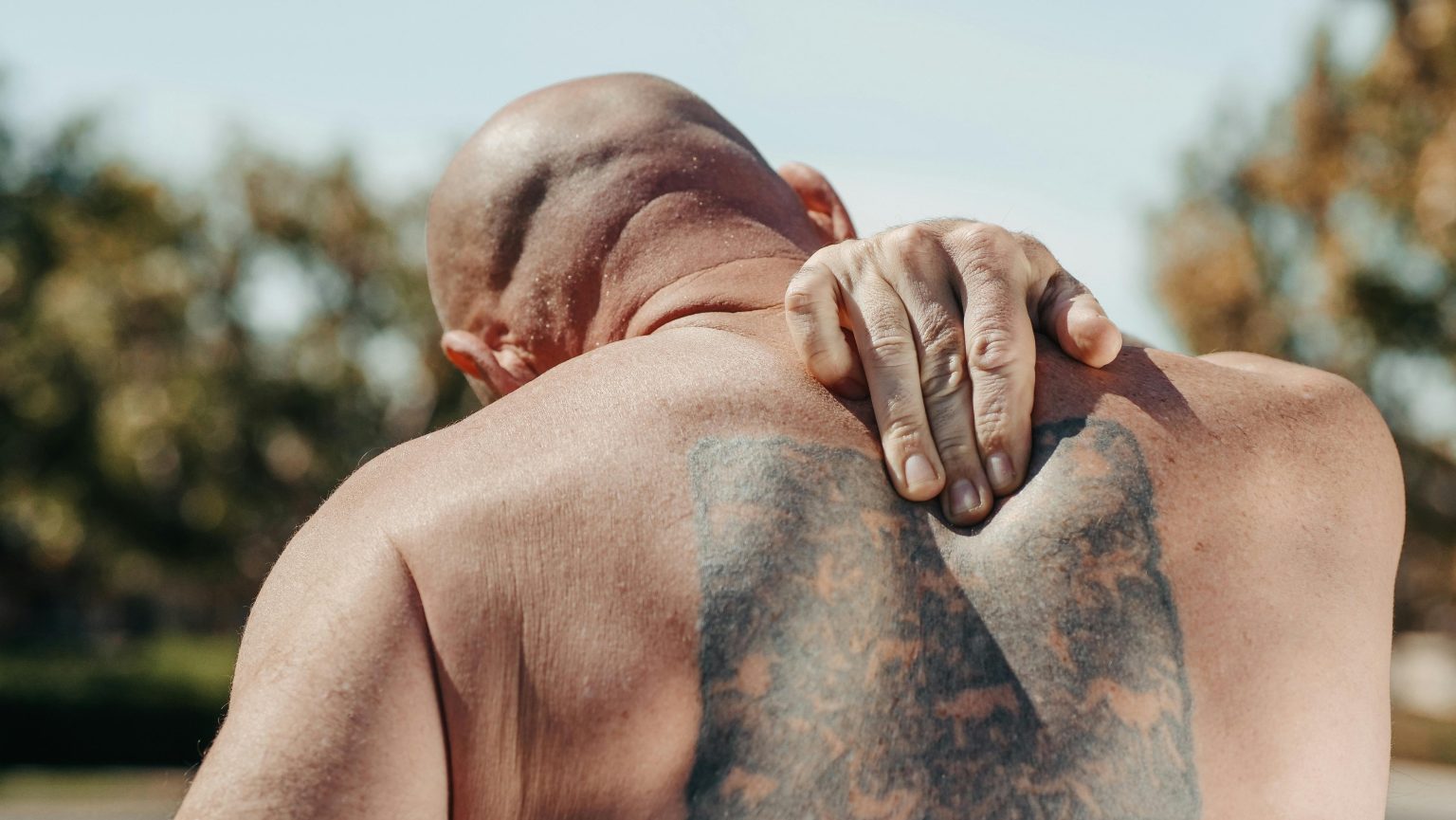When a car accident happens, the focus is often on the visible damage—the bent fender, the broken glass, the insurance paperwork. But what about the damage inside your body, the kind you can’t immediately see? Many people walk away from a crash feeling lucky, only to discover hours or days later that something isn’t quite right. Their neck feels stiff, their head pounds, or a dull ache settles into their back.
That’s because the body’s natural response to trauma is to protect itself. Adrenaline masks pain in the moment, tricking you into thinking you’re fine. But once that rush fades, the real effects show up. Whiplash, for example, is a common soft tissue injury caused by a sudden back-and-forth motion of the neck. Concussions—often called “invisible injuries”—can occur even without hitting your head directly. These conditions might not seem serious at first, but if ignored, they can lead to chronic pain that disrupts sleep, mood, and daily function.
Why Early Rehabilitation Makes All the Difference
The first few days and weeks after a car accident are critical. This is when your body starts the healing process—and when the right kind of help can make recovery smoother. Early rehabilitation doesn’t just treat pain; it helps prevent it from becoming a permanent part of your life.
When you start rehab early, therapists can gently guide your body through safe movements that restore flexibility and circulation. This keeps muscles and joints from tightening up or healing in awkward positions. The goal isn’t to push through pain but to encourage natural recovery before stiffness and inflammation take over. Early intervention also reduces the risk of your nervous system “memorizing” pain, a phenomenon that can make discomfort persist long after the injury has healed. It’s like resetting your body’s alarm system before it gets stuck in the “on” position.
The Mind-Body Connection in Recovery
Physical injuries after an accident often come with emotional weight. Fear of movement, anxiety about driving, and frustration with pain can all slow healing. That’s why effective rehabilitation looks at the whole person, not just the injury. A good rehab program helps patients regain confidence, rebuild strength, and reconnect with their sense of control.
The body and brain are constantly communicating. When you move in a safe, supported environment, your brain starts to trust that movement again. Gradual stretching, gentle strengthening, and posture correction all play a role in sending the right signals to your nervous system: “You’re safe. You can heal.” This connection between physical and emotional recovery is what turns a painful experience into an empowering one. Over time, people not only regain mobility but also rediscover balance—both physically and mentally.
Ignoring “Minor” Symptoms Can Have Major Consequences
It’s common for people to downplay post-accident symptoms, thinking soreness or headaches will fade on their own. But the truth is, small problems can quietly grow into major ones. That neck stiffness could develop into chronic tension headaches. That mild backache could turn into nerve pain or long-term inflammation. By the time the discomfort becomes disruptive, the body has already adapted in unhealthy ways that are harder to correct.
Seeking evaluation right after an accident allows professionals to catch early warning signs and create a plan before complications set in. Rehab isn’t just about treating existing pain—it’s about protecting your future comfort. A therapist can identify imbalances, strained muscles, or nerve irritation that you might not even feel yet. Addressing those issues early on saves you months—or even years—of unnecessary suffering later.
Choosing the Right Care for Your Recovery
No two car accident injuries are the same, which means recovery should never be one-size-fits-all. The most effective rehabilitation programs are tailored to your body’s specific needs, pain level, and healing pace. They combine approaches like physical therapy, pain management, and functional movement exercises to restore strength and flexibility without pushing too hard too soon.
Trusted centers such as Interventional Pain Spine and Orthopedics provide comprehensive care that looks beyond temporary relief. Specialists there work together to address both the source and symptoms of pain, ensuring patients don’t just get better—they stay better. With guidance from professionals who understand how the body heals after trauma, recovery becomes a partnership built on trust and progress rather than frustration.
The Best Time to Heal Is Now
A car accident may be over in seconds, but the body’s healing process unfolds over weeks or months. Early rehabilitation is your best defense against chronic pain and lingering stiffness. It allows you to take control of your recovery instead of waiting for problems to surface.
By acting early, you give your body the chance to heal right—the first time. You protect your mobility, your comfort, and your peace of mind. The road back to feeling normal isn’t always easy, but it’s far smoother when you start walking it early, guided by the right hands and the right care.


